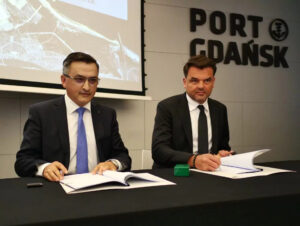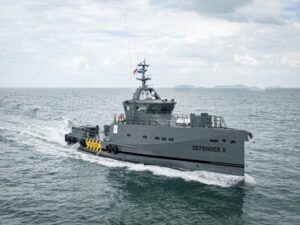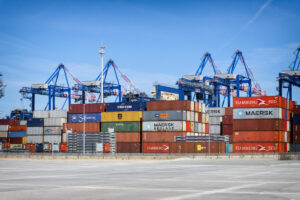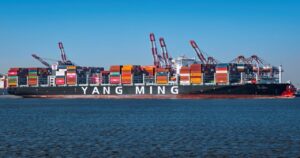Drewry’s latest Container Insight Weekly has probed the symptoms of the recent congestion at China’s major ports after reports from forwarders revealed that the world's busiest port could be facing problems until the middle of this month (May, 2017).
The consultancy has found that fast growing inbound trade, bad weather, the restructuring of alliance networks, bigger ships and shippers’ eagerness to move cargo ahead of planned rate increases have all been mentioned in dispatches as the reasons why ships are being kept waiting outside ports and for slower than usual turnarounds.
Statements from Shanghai International Port Group (SIPG) and carriers such as Maersk Line have all attributed some of the current situation to the alliance transitioning.
Drewry stated that the fact that congestion has spread to other ports along the Chinese coast “suggests that something else is at play”.
It stated: “One theory is that Chinese ports are experiencing a sudden spike in traffic because shippers want to move cargoes ahead of expected spot rate hikes and higher annual contract terms to Europe and North America that will kick-in around May.
“There might be some validity to that theory, but an examination of recent trade statistics shows that China’s demand resurgence is not an overnight flash in the pan with a significant increase to both exports, and especially imports, seen since August of last year.”
Figure 1: Container throughput at top 10 China ports in 1Q17 (million teu)
Source: Drewry Maritime Research
China’s top 10 ports collectively also experienced a 6% year-on-year jump in throughput in the first quarter of 2017.
Ports facing the worst of the congestion registered the biggest gains with Qingdao up 12%, Shanghai 10% and Ningbo 9%.
Imports to Greater China also outpaced exports in 2016.
Drewry concluded: “Ports and terminals around the world, not just China, are being challenged by carriers to adapt to their new demands.
“In the main they have risen to the task, but to keep products moving without delay requires even more investment and de-fragmentation of neighbouring terminals.
“Unfortunately, that will not always be possible or financially viable so in the meantime there is a high risk of further vessel and cargo delays, even after the current alliance transition problems.”









